What is a Colocation Data Center?
Colocation is the placement of enterprise-owned compute, storage and networking assets in a third-party leased facility. (Gartner, 2015). Colocation facilities offer scalability, continuity and security for applications, data and systems and often provide access to the most advanced data center technology, while removing the need to build, staff and manage in-house server rooms or data centers, giving clients the ability to focus on their business.
What Are the Services Offered by a Data Center Colocation Facility?
Typically, data center colocation service offers the infrastructure (building), cooling, power, bandwidth, physical security, etc. while the clients provide both storage and servers. Besides this, space at a facility is either leased by the room, cage, rack or cabinet. Many colocation data centers today are expanding their portfolio to extend managed services that back their client’s business initiatives.
Types of Colocation Facilities
A data center colocation facility is generally classified as one of two types: retail or wholesale. A third type has recently become common, hybrid cloud-based colocation facilities.
Retail Colocation
A customer leases space within a data center, usually a rack, space within a rack, or a caged off area.
Wholesale Colocation
A tenant leases a fully built data center space, generally at a cheaper rate than retail vendors, but with lower power and space requirements.
Hybrid Cloud Based Colocation
Hybrid cloud based colocation is a mix of in house and outsourced data center services.
The Uptime Institute has a grading system for operational sustainability to augment tier standards. The tiers focus on the design of the colocation data center facility; the operational sustainability grades target how well the facility is actually run.
Data Center Tier Standards
Tier 1
- A single, non-redundant distribution path serving IT equipment.
- Non-redundant capacity components.
Tier 2
- All Tier 1 requirements.
- Redundant capacity components.
Tier 3
- All Tier 1 and 2 requirements.
- Multiple independent distribution paths serving IT equipment. Generally, only one distribution path serves equipment at any given time.
- All IT equipment is dual-powered and fully compatible within the topology of a site's architecture.
Tier 4
- All Tier 1, 2 and 3 requirements.
- The facility is fully fault-tolerant, through electrical, storage and distribution networks.
- All cooling equipment is independently dual-powered, including HVAC systems.
Top 10 Benefits of Moving your Data Center to a Colocation
The decision may not always be clear when it comes to a build or move choice. Here are some reasons you might want to move to a colocation facility.
- A predictable and operational expenditure model.
- Flexibility and scalability that allows additional capacity (space, power and bandwidth) to be brought on quickly, cheaply.
- Better access to space, power, and capacity.
- Gain experienced professionals dedicated to data center management managing your infrastructure.
- An ecosystem of partners in the same facility.
- Lean infrastructure to manage during times of rapid business change.
- Resiliency and uptime obtained with best-in-class tools providing a better road map for disaster recovery.
- Up-to-date facility infrastructure responds to cooling, power and environmental changes.
- Secure facility ensures data integrity.
- Colocation service level agreements to ensure services are received as negotiated.
Role of DCIM in a Colocation Facility
Data center infrastructure management software is having an impact on colo providers both internally and externally. Internally, providers use it to improve efficiency and resiliency, as well as to make more informed decisions about their infrastructure, forecasts and billing models. Externally, clients of colocation facilities can use DCIM to get insights into uptime, power usage and to make critical decisions as it relates to negotiating contracts for future space. In addition, DCIM helps with remote asset management and capacity planning.
Take the Next Step with Sunbird. Try It Free.
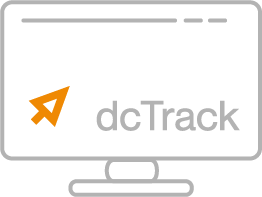
DCIM Operations Online Demo
Remote 3D visualization of all your racks, assets, power, and network connections. View 100+ dashboard charts and reports. Know the capacity of all infrastructure items.

DCIM Monitoring Online Demo
Remotely monitor rack PDUs, UPSs, branch circuit meters, RPPs, floor PDUs, busways, cameras, door locks, and temperature, humidity, and other sensors. Remote central power control of all servers. Set thresholds, see trends, and get alerts.

Learn More with eBooks
Browse our library of eBooks to learn everything you need to know about DCIM including a buyer’s guide, budgeting tips, and how DCIM simplifies data center migration, cable management, KPI monitoring, and much more.
Top Colocation Providers Across the World

Committed to Uptime Institute M&O Stamp certification for all its data centers by 2016.
100% power uptime Service Level Agreement with temperature and humidity SLAs managed to ASHRAE standard
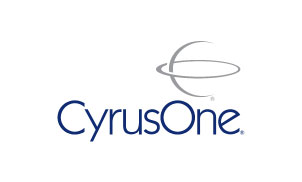
Tier III Certification of Design Documents
100% uptime SLAs are available
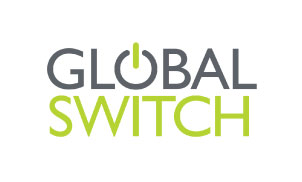
Carrier Neutral providing access to major Carriers, Peering Exchanges and ISP networks
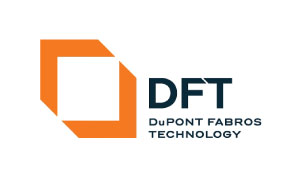
Americas
Tier III Equivalent (not Uptime Institute certified)
A carrier-neutral, network-agnostic data center provider, DFT offers you network connectivity through multiple network carriers, including dark fiber providers and lit carriers. We have relationships with 38 network carriers, two globally leading Internet Exchanges (IXPs) and multiple cloud service providers. If your network carrier of choice is not already onsite, we can invite them to establish their presence in a DFT data center on your behalf.

Tier III Certification of Design Documents
Guaranteed response time SLAs, but not identified).
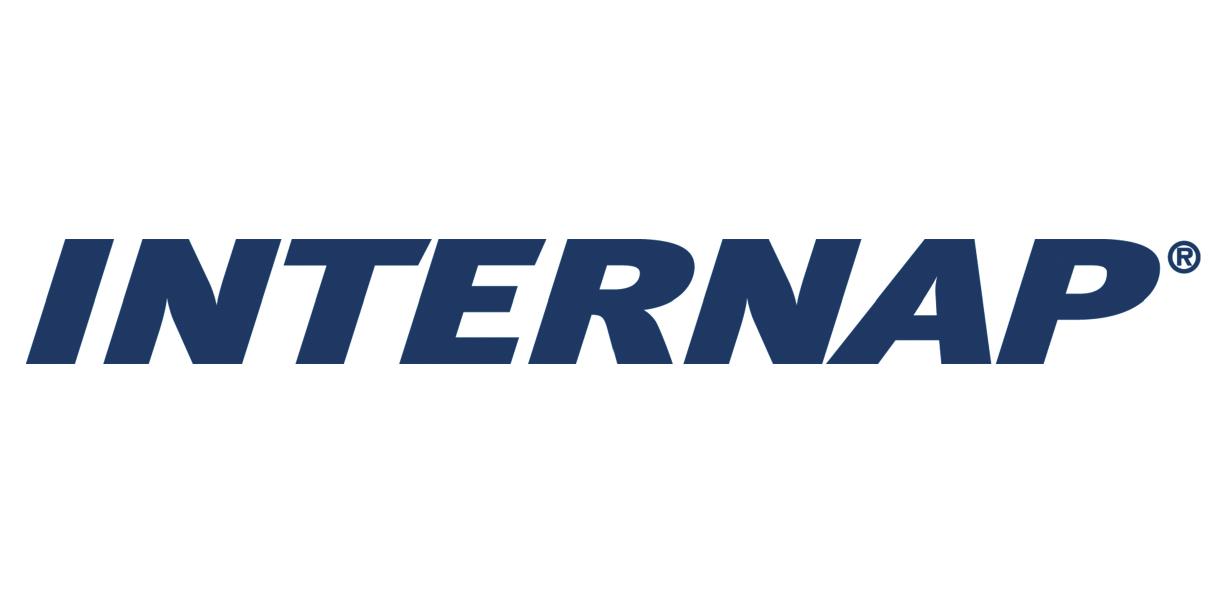
Not Applicable*
Leadership in Energy and Environmental Design (LEED) Gold, Green Globes®, and ENERGY STAR® Certifications
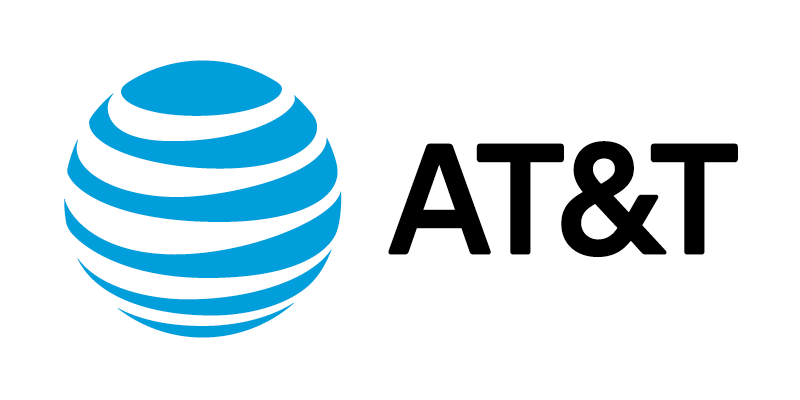
Americas & Canada
Tier IV (not Uptime Institute certified)
Historically met or exceeded 99.999% availability.
AT&T's Internet Data Centers used Variable Frequency Drives (VFDs) to reduce air handling power requirements by up to 60%.
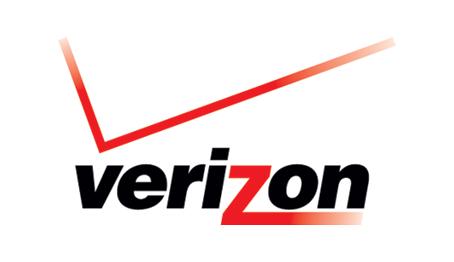
Each operating building has both interior and exterior video monitoring and UL-certified intrusion detection systems
100% power SLA, 100: temperature stability SLA; 100% humidity stability SLA.

Tier IV Certification of Design Document
100% network uptime SLA available. Data center SLA targets cover power interruptions, temperature and humidity.
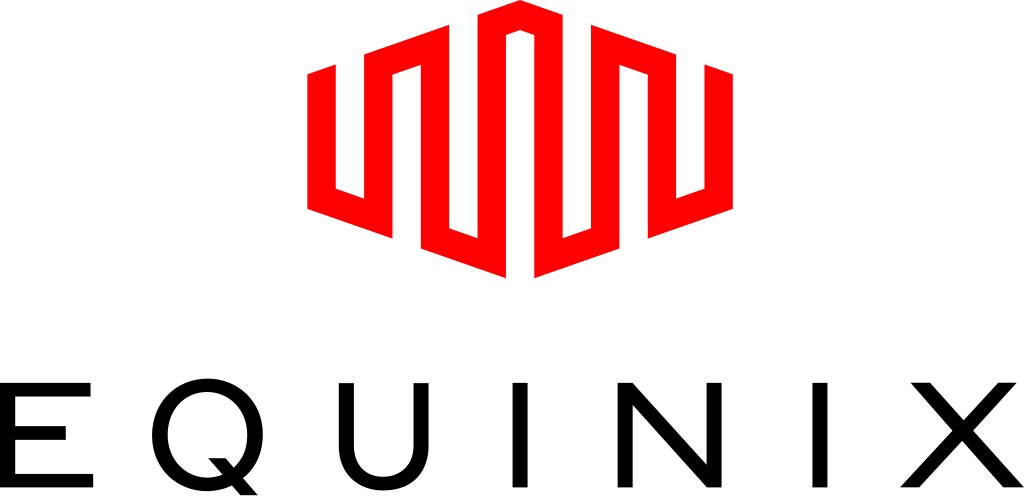
SSAE16, ISO, Leadership in Energy and Environmental Design (LEED), Uptime Institute Certifications
99.9999% uptime average across the global data center platform
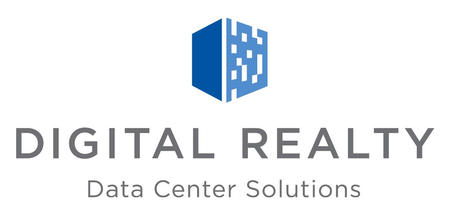
Compliance Programs including: SOC2, PCI-DSS and ISO 27001
A record of 99.999% uptime




























